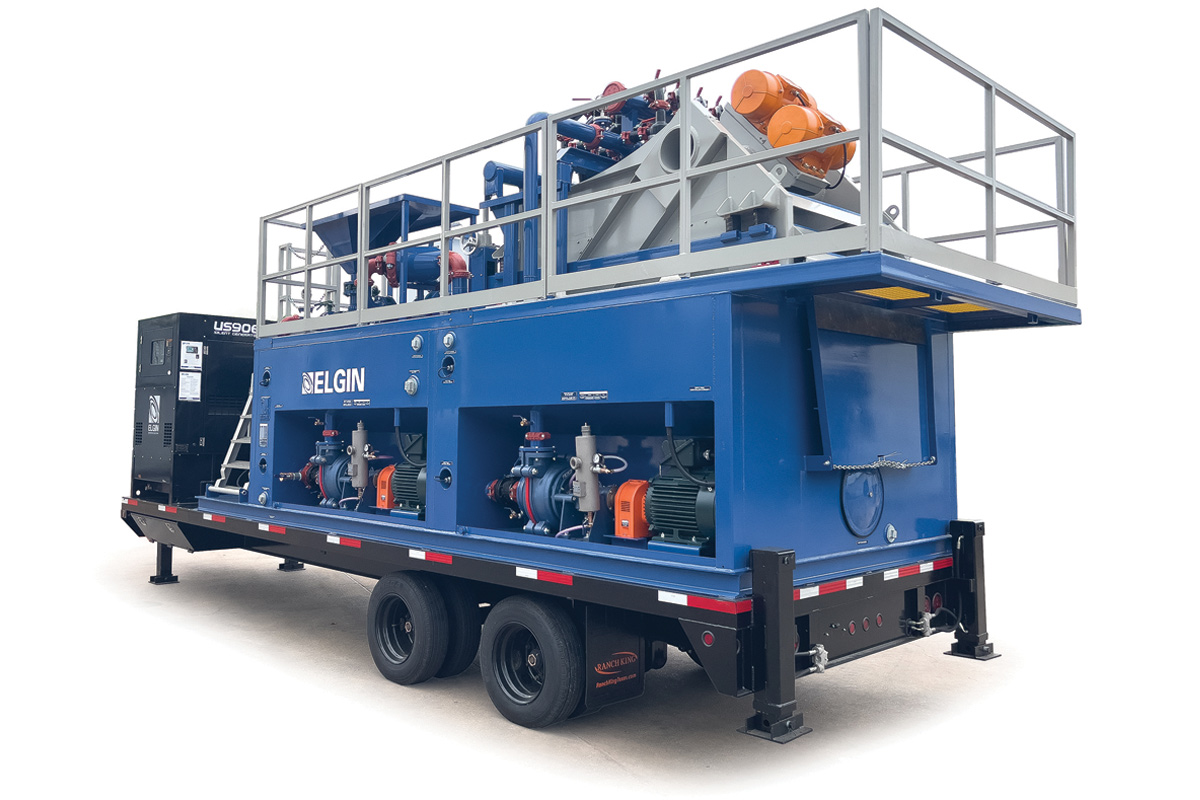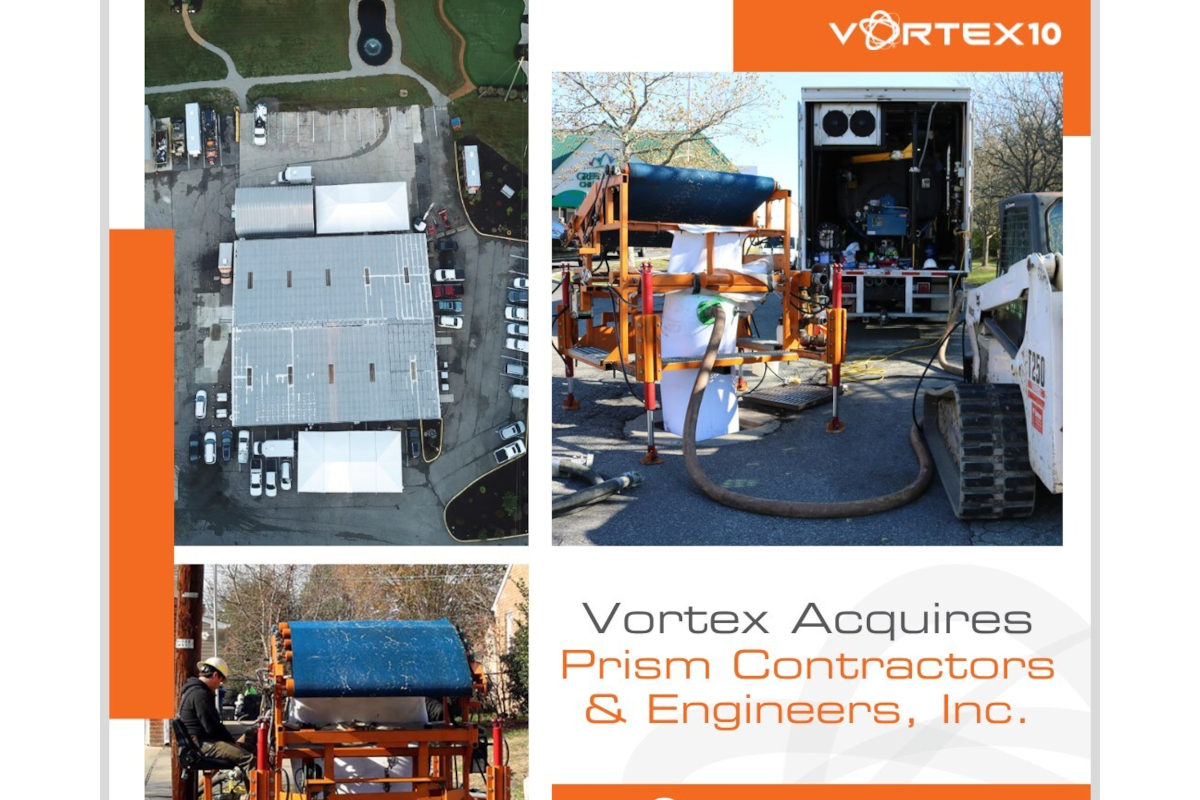
Sewer History Exhibit Celebrates 25th Anniversary
One of the most well-attended booths at WEFTEC and the Water & Wastewater Equipment, Treatment & Transport Show (WWETT Show) doesn’t attract people with shiny new equipment, smart technology or even top-notch swag. As a matter of fact, it’s the opposite of modern.
NASSCO’s Sewer History Exhibit — an extensive display of collection system photos, artifacts and articles — showcases the history of sewerage and water systems in North America at these shows and other regional events. Created in 1993 by Jon Schladweiler, with the help of the AZ Water Association, for the Water Environment Federation’s (WEF) specialty conference on Collection Systems: Operation and Maintenance, the exhibit is now in its 25th year. Since it was turned over to NASSCO in 2014, the exhibit continues to be curated by Schladweiler, who also manages a website, sewerhistory.org. Helping Schladweiler co-curate the exhibit is Dave Hofer.
Schladweiler recalls that the original concept, a photo-only display for the 1993 conference in Tucson, Arizona, was intended as a one-off, but it was such a draw and attendees were so interested in the historical images that the concept of a recurring exhibit grew from there.
“A couple years later, I was on a family vacation in Colorado and came upon a pile of wood stave pipe that was used by the mines. I got the blessing to take a piece of the pipe,” Schladweiler says. That necessitated a trip to the local hardware store to purchase a saw and other tools. “I cut a laying length to a manageable size, brought it home and that was the first pipe artifact that began the physical display.”
From there, with the help of the AZ Water Association and the WEF Collection Systems Committee, Schladweiler put out the call for more artifacts and articles. There are approximately 25 artifacts, in addition to the photos, on display. Two of the oldest items are a piece of handmade clay pipe from a Spanish mission in California and a handmade wood log water pipe from Washington, D.C.
According to Schladweiler’s research, the clay pipe was likely used to convey water from a well to other mission buildings. The log pipe, on which you can clearly see original axe marks, was part of the first water conveyance pipe installed in Pennsylvania Avenue in approximately 1810.

As the exhibit grew, Schladweiler would take the display to shows within driving distance of Tucson. It wasn’t until 2005 when it made its first appearance at WEFTEC in Washington, D.C. It has been a staple at that show ever since. The WWETT Show was added to the schedule in 2015.
“I think we have a collection that is usable and represents a cross section of the sewerage history and water history,” Schladweiler says. “I think it is important for people involved in sewer and water to have the opportunity to look at these pipe materials, tools, articles and photographs. The more they know about the history of their profession, the better off they will be in conducting business today. Learning from both the good things and the bad, so they don’t repeat what should not be repeated.”
Continued Growth
Getting the display in front of more people and keeping it going are two of the reasons the AZ Water Association looked for another group to take over administration of the display. Enter NASSCO in 2014, which added sponsorship packages for its members to help defray the cost of shipping the exhibit across the country.
“We [the industry] have come so far, and trenchless technologies designed to assess, maintain and rehabilitate sewer systems are so impressive, but the impact of our advancements cannot be fully realized unless you can appreciate how far we have come,” says Sheila Joy, NASSCO executive director. “When you look at the exhibit and you see the rudimentary wooden pipes and other artifacts, it gives you a whole new appreciation for our industry and where we are today.”
Joy acknowledges that in its current form, the exhibit is somewhat cumbersome and can be difficult to transport. It is shipped to shows in two large wooden crates, weighing roughly 2,400 lbs., and takes a significant amount of time and volunteer manpower to setup and take down.
“One of our strategies is to make the exhibit nimbler, so we can get it out to more people,” Joy says. “For the past few years it has been on a regular schedule, and we want to identify ways to make it more accessible at smaller events so it can have greater exposure. That may include sending it out with less pieces and rotating those so it would be different at each show during the year.”
More immediately, Joy wants to link Schladweiler’s sewerhistory.org website under the NASSCO banner, so that it can be accessed from the NASSCO website and reach a greater audience. She also hopes to have a smaller version of the exhibit for the 2019 NASSCO Annual Convention in April.
“We have a lot of opportunity to grow and educate people and one of NASSCO’s goals is to work to promote the industry to young people entering the job market in the skilled trades through our recent partnership with SkillsUSA,” Joy says. “I think that this exhibit could be an integral part of that partnership helping to show the history of the industry. People are often in awe when they see these historical items and the educational component is a critical part of the success of this exhibit.”
Mike Kezdi is associate editor of Trenchless Technology.




